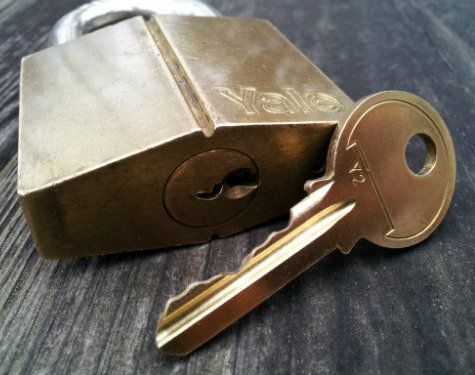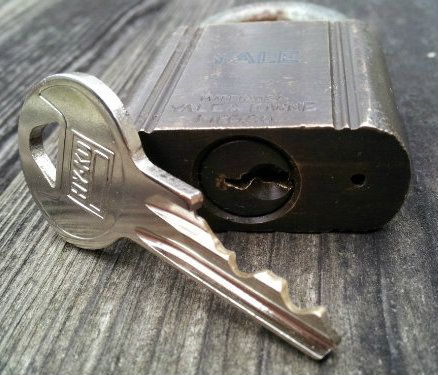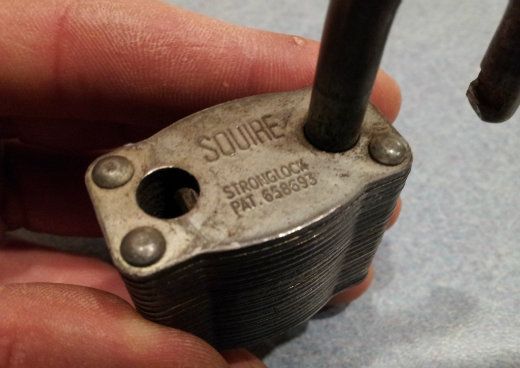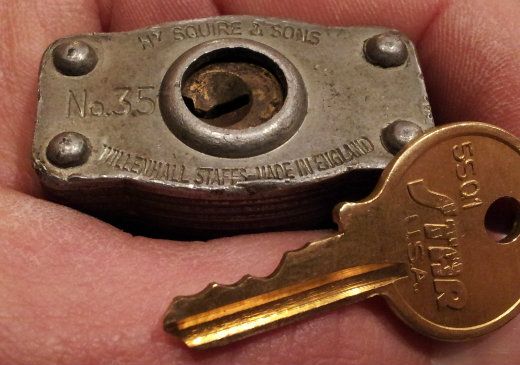Although I'm still limited by both my lack of knowledge & keyblanks...
I'm still REALLY enjoying this. Thank you again guys for all of your help thus far!
So I've just been jumping around to different brands lately in hopes of getting a
good overall feel for them. Here's a couple more '
firsts' for me. A Segal and a Yale.
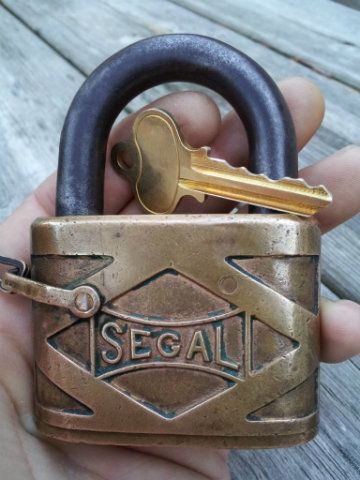
You all remember Dave from the pawnshop? (
retired sheriff/lock collector).
I've been making keys for him
when I can. Many of his locks are out of my realm,
but if it's a pin tumbler and I have the correct blank... I'm usually able to help. This one
gave me some trouble actually... but when all was said and done, I was pleased to have a
working key for him. BTW...... is this pronounced segal like the bird, or segal like the actor?

And my first Yale. A very nice, straight foward experience.... no guessing games.
I found the Y1 blank really lends itself to the process of impressiong. The top edge
of the blank is quite thin, essentially giving you the same affect as knife edging does.
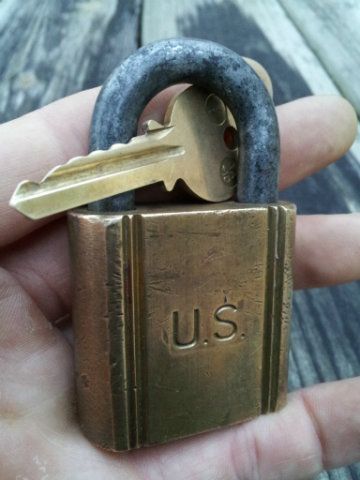
I kept getting DEEP crater marks at pin five, and began to wonder if it'd ever end. lol
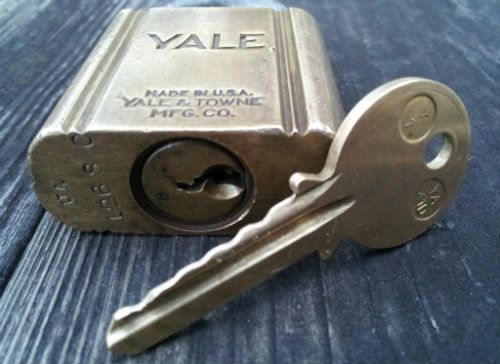
As always... a couple questions:
1. As I mentioned earlier... I'd really like to begin creating antique looking keys via sanding and tarnishing.
My research continues as to the best agents/methods for doing so, and I look foward to sharing my findings
for anyone who may be interested. Certainly this will require some degree of hand-sanding... but I wonder if
I could start out on the grinder? Obviously I'm not talking about a traditional grinding wheel (
that's just asking
for destruction lol). But is there a certain type of wheel I could purchase... one that would be semi-gentle, yet
abrasive enough to give me a good start on rounding off edges and thinning out the bow? Anything come to mind?
2. I'm up for some reading on the topic of impressioning. In terms of 'free reading', the web seems to offer little.
Greg Miller has a good article, but beyond that my search did not yield much. I'm unwilling to spend money on any
literature at this point, but if anyone can point me towards internet aricles, PDF's, etc.... I'd greatly appreciate it.




